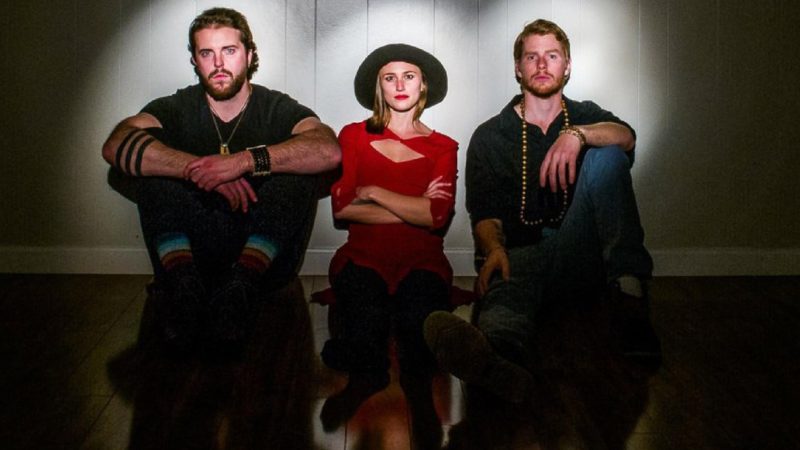Tab Benoit
One of the most impressive guitarists to emerge from the rich Bayous of Southern Louisiana in recent years, Tab Benoit’s guitar tone can be recognized before his Otis-Redding-ish voice resonates from the speakers. He doesn’t rely on any effects and his set up is simple. It consists of a guitar, cord, and Category 5 Amplifier. The effects that you hear come from his fingers.

You Might also like
-
J. P. Soars
Soars got bitten by the blues bug via a legendary source in 1988, when he won a guitar and two tickets in a raffle to see B.B. King in concert. Meeting the iconic guitarist and singer further enhanced the young musician’s quest to learn more about the timeless power of the music. Soars started his blues recording career a decade ago with the 2008 release Back of My Mind, followed by More Bees With Honey (2011) and Full Moon Night in Memphis (2014). Collectively, his catalog has received extensive airplay on the XM Radio programs of Little Steven (“Underground Garage”) and B.B. King (“Bluesville”); Top 50 status on the “Living Blues” charts, Blues Music Award nominations for “Best Contemporary Male Blues Artist of the Year,” and “Best Blues CD” and “Album of the Year” accolades from the Palm Beach Post.
A gritty and expressive vocalist, Soars elicits signature tones from hollow-body guitars, plus a home-made two-string cigar box guitar for his incendiary slide guitar playing. All of which has helped him earn dates at the Baltic Sea Festival in Germany, the Liberation Day Festival in Holland, and other shows in France, Switzerland, Luxembourg, Austria, and Colombia as well as road work throughout the United States and Canada.
 Post Views: 3,024
Post Views: 3,024 -
Yacht Rock Revue
Yacht Rock Revue
The Yacht Rock Revue is everything the late ‘70s and early ‘80s should’ve been: massive sing-along soft rock hits, tight bell-bottom jeans, impeccable musicianship, polyester shirts, glorious vocal harmonies, sunglasses at night, breezy dancing and sax … lots of sax. “The Greatest Show on Surf.”
 Post Views: 2,523
Post Views: 2,523 -
Ballroom Thieves
“A rock band in a folk suit,” The Ballroom Thieves
Calin “Callie” Peters (vocals, cello, bass), Martin Earley (vocals, guitar), and Devin Mauch (vocals, percussion) – released their third album Unlovely on February 14, 2020. With subject matters ranging from female empowerment, to love in a committed relationship, to their fury about the current state of American leadership, this collection of tracks is the distillation of the band’s personal and political passions. Songs like “Vanity Trip” and title track “Unlovely” boil over with exasperation and disgust, in protest of today’s status quo. As the first album entirely co-written by Peters and Earley, Unlovely is also a tangible reflection of their evolution from band members to life partners, as heard in songs like “Love Is Easy.”
Incorporating musical styles that range from Motown to classic rock, Unlovely maintains the recognizable, nostalgia-tinged sound of The Ballroom Thieves’ previous outputs while pushing a heightened brashness. Since the release of their first EP and debut full-length, A Wolf in the Doorway, The Ballroom Thieves have consistently and skillfully crossed genres, joining artists like CAAMP, Langhorne Slim and Shakey Graves to bridge the gap between folk, rock, and soul. It’s their unique brand of powerful and harmonious music, while never shying away from topics and ideas they are passionate about, that has charmed fans around the country, while gaining a loyal live following and selling out shows. (Nettwerk Music Group)
 Post Views: 2,025
Post Views: 2,025



